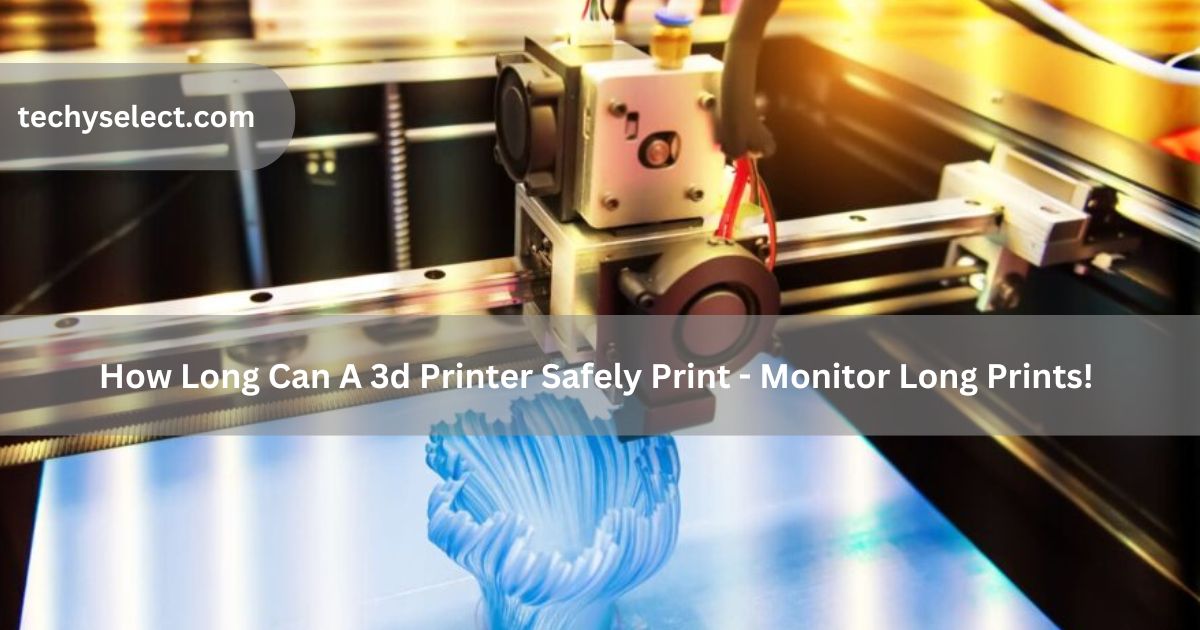When I started 3D printing, I worried about how long my printer could run safely. After trying long prints, I learned printers handle hours well if cared for properly. Let’s explore simple ways to keep them safe and running!
how long can a 3d printer safely print (short anwer)
A 3D printer can safely work for 24-48 hours or more if you take care of it. Keep it clean, use good materials, and ensure proper cooling. Regular checks help it run longer without problems.
In this article we will discuss how long can a 3d printer safely print.
How long can you safely run a 3D printer?
You can safely run a 3D printer for 24-48 hours or longer if it is well-maintained. Make sure the printer is clean, properly lubricated, and in a well-ventilated area to avoid overheating. Use high-quality materials to prevent jams and errors.
Monitor the print when possible, or use cameras and notifications for remote tracking. Many modern 3D printers are designed for long prints, but regular checks ensure they run smoothly and avoid unexpected problems during extended use.
What is 3D printing?
3D printing is a process that turns digital designs into physical objects. It works by building the object layer by layer from materials like plastic, metal, or resin. A computer-controlled machine follows a digital blueprint to create the item.
This technology is used in many areas, such as making prototypes, custom parts, and even medical devices. 3D printing allows for creating complex shapes that are hard to make using traditional methods, making it a useful tool in various industries.
Is It Safe to Leave a 3D Printer Running? – Design, Print, Inspire!
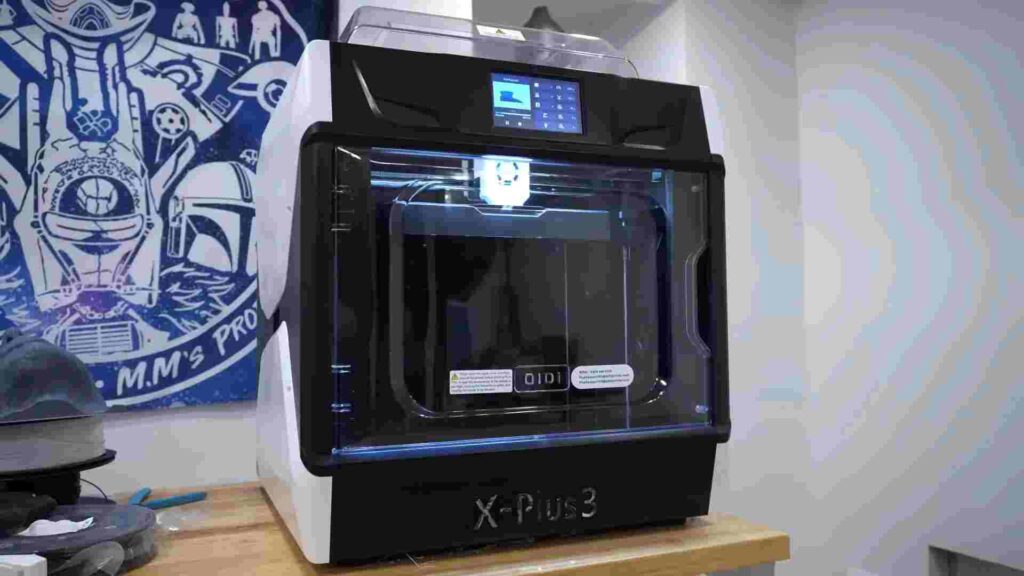
Leaving a 3D printer running can be safe if done carefully. Make sure the printer is in good condition, with proper cleaning and maintenance. Place it in a well-ventilated area away from flammable items. Use high-quality materials to reduce the risk of errors.
If your printer has monitoring tools, use them to track progress remotely. However, never leave it completely unattended for long periods, as issues like overheating or filament jams can happen. Regular checks keep things safe and smooth.
How Much Power Does a 3D Printer Consume? – Create Boldly Today!
A 3D printer typically consumes between 50 to 250 watts of power, depending on the model and the type of printing. Smaller desktop printers usually use less power, while larger industrial printers consume more.
The power usage also varies based on factors like print speed, temperature settings, and the type of material used. In general, 3D printing is not very power-hungry, but it can add up if you’re printing for many hours or on large projects.
Is it safe to leave a 3d print overnight? – Transform Ideas Instantly!
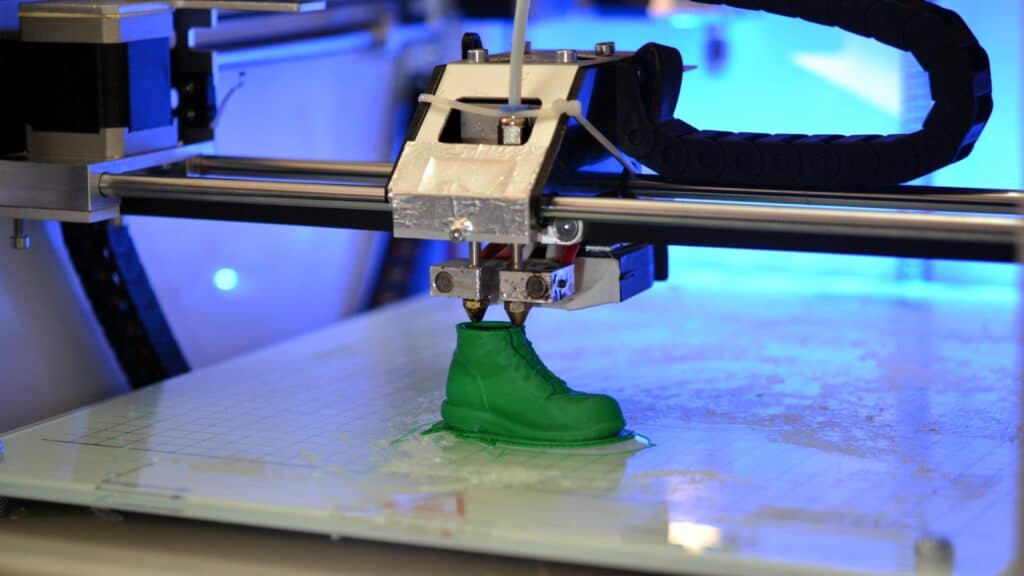
Leaving a 3D printer running overnight can be safe if you take precautions. Make sure the printer is in good condition and placed in a well-ventilated, non-flammable area. Use high-quality materials and double-check your settings before starting.
Many modern printers have safety features like auto-shutdown or error detection, which help reduce risks. It’s a good idea to use a camera or monitoring app to check the progress remotely. With proper care, overnight printing is usually safe.
Things Can Go Wrong – Potential Issues in 3D Printing!
When printing with a 3D printer, there are several common issues that can cause failures and disrupt your print. Here are some of the key problems to watch out for:
1. Print Failures
Print failures are often caused by incorrect printer settings, poor bed adhesion, or using low-quality filament. Calibration is essential to ensure accurate layer placement, and testing with smaller prints can help identify issues before committing to a full print job.
2. Software Glitches
Software bugs or incompatibility between the printer and the slicer can cause unexpected failures in prints. Keeping your software updated is crucial to ensure smooth communication with the printer, and making sure it is compatible with the firmware version will prevent errors.
3. Print Speed Issues
Setting the print speed too high can cause under-extrusion or missed layers, leading to a poor-quality print. Adjusting the print speed according to the complexity of the model and the material being used ensures the layers bond correctly and the print quality is consistent.
4. Nozzle Clogs
Nozzle clogs can occur if the extruder becomes blocked with debris or dried filament, disrupting the flow of material. Regular maintenance, such as cleaning the nozzle before printing and using filament properly, helps prevent this problem and ensures consistent extrusion.
Proper preparation, monitoring long prints, and maintenance help ensure smoother and more successful printing sessions.
Safety Precautions and Best Practices – Innovate with 3D!
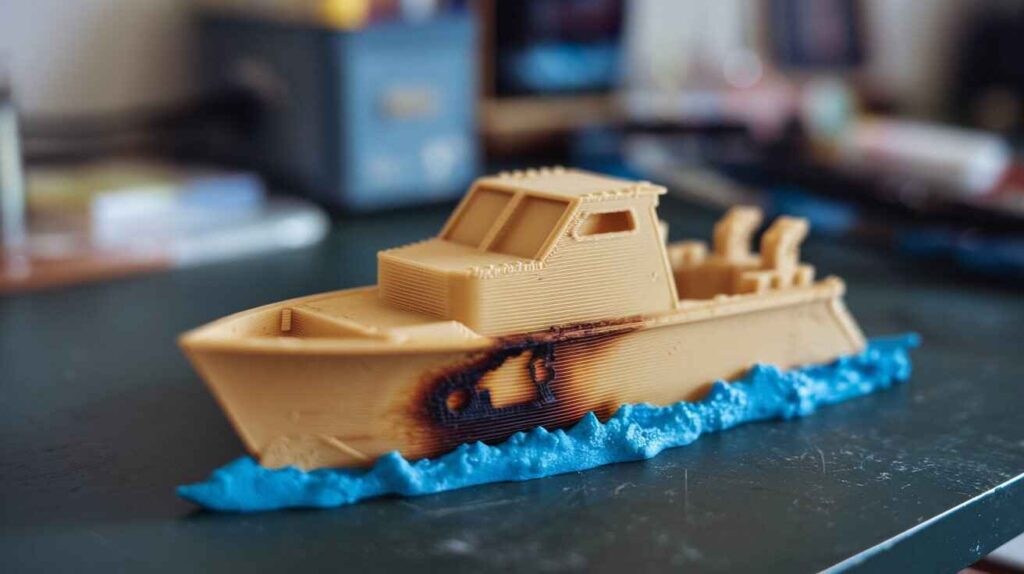
Follow these safety tips for smooth, safe, and efficient 3D printing:
1. Ensure Proper Ventilation
Always place your 3D printer in a well-ventilated area to avoid heat buildup and fumes. This helps the printer stay cool during extended use. Proper airflow also prevents material odors from becoming overwhelming.
2. Use High-Quality Materials
Choose reliable and tested materials like filaments and resins. Poor-quality materials can cause clogs, uneven prints, or safety risks. High-quality inputs ensure smoother prints and reduce the chance of failure.
3. Regular Maintenance
Clean the printer’s nozzles, print bed, and moving parts regularly. Lubricate components and check for worn-out parts to avoid breakdowns. Routine maintenance ensures the printer runs efficiently and safely.
4. Monitor Long Prints
Keep an eye on the printer during extended sessions, either directly or using remote monitoring tools. Unexpected errors can occur, like filament jams or overheating. Monitoring helps you catch issues early and prevent damage.
5. Keep a Safe Environment
Set up your printer away from flammable materials and ensure a stable surface. Use surge protectors or uninterruptible power supplies to manage electrical issues. A safe workspace minimizes risks during operation.
These steps help make 3D printing safer and more reliable for extended prints.
How can you print safely and responsibly for optimal results?
To print safely and responsibly, start by setting up your 3D printer in a well-ventilated, stable area, away from flammable materials. Use high-quality materials to reduce risks of jams and poor prints. Regularly maintain your printer, cleaning parts and checking for wear.
Monitor long prints to avoid overheating or errors. Always follow manufacturer guidelines for settings and safety features. By taking these steps, you ensure not only safety but also optimal results, leading to smoother prints and longer printer lifespan.
Read Also: 3d Printer Blobs On First Layer – The Guide Of 2024!
Key Considerations for Extended 3D Print Duration – Plan for Success!
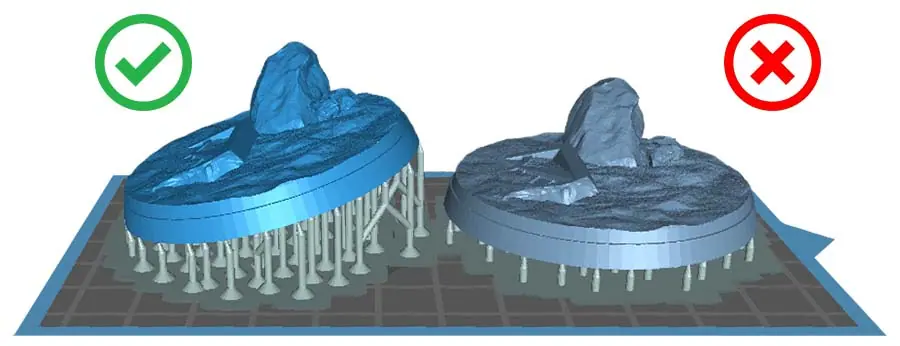
Some key considerations to ensure safe and successful extended 3D printing sessions:
1. Keep a Fire Extinguisher Nearby
Safety is crucial when running long 3D prints. Keep a fire extinguisher suitable for electrical or small fires close to your printer setup. This precaution is essential, especially for extended sessions where overheating might occur. Being prepared ensures quick action in case of emergencies.
2. Enable Print Recovery Features
Modern printers often come with features like power-loss recovery or filament runout detection. Activate these to resume prints if disruptions occur. These safeguards are helpful for long prints, reducing the risk of wasted time and materials. Always check your printer settings for these options.
3. Calibrate Your Printer Regularly
Calibration is key to ensuring your printer performs well during long prints. Level the print bed and adjust the nozzle height before starting. Proper calibration prevents issues like uneven layers or print failures. Regular checks improve accuracy and overall print quality.
4. Test the Design Before Long Prints
Running a test print helps identify design flaws or incorrect settings early. Print a small section or scaled-down version of your model. This saves time, filament, and frustration if issues are caught before the full print begins. It’s a simple step that ensures better results.
5. Use Adhesives for Better Bed Adhesion
Good bed adhesion is vital for long 3D prints. Use glue sticks, tape, or specialized adhesives on the print bed. Proper adhesion prevents warping or model shifts during printing. A strong bond ensures the first layers stick well, leading to successful prints.
By understanding Keep a Fire Extinguisher Nearby, Enable Print Recovery Features, Calibrate Your Printer Regularly, Test the Design Before Long Prints and Use Adhesives for Better Bed Adhesion, you can make an informed decision balancing convenience and safety for extended prints.
Why does 3D printer quality vary?
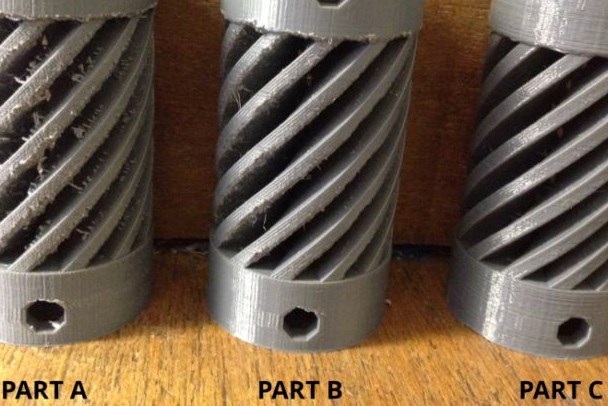
The quality of a 3D printer can vary due to several factors. Different printers have varying levels of precision, build quality, and components, such as the extruder and heated bed. The type of filament used also impacts the print quality, as some materials are harder to print with than others.
Additionally, the printer’s calibration, software settings, and maintenance routines play a role in determining how well the printer performs. Investing in a good-quality printer and regular maintenance can improve results.
What is 3D printer fire suppression and why is it important?
3D printer fire suppression refers to safety measures and systems designed to prevent or control fires that may occur during printing. Since 3D printers use heat and electricity, there is a risk of overheating or electrical malfunctions that could start a fire.
Fire suppression systems, such as smoke detectors or automatic fire extinguishers, are important for protecting both the printer and the surrounding area. These systems help reduce the risk of fire hazards, ensuring a safer printing environment.
Read Also: 3d printer bulging corners – Enhance Print Quality!
How do you choose the right 3D printer for the job?
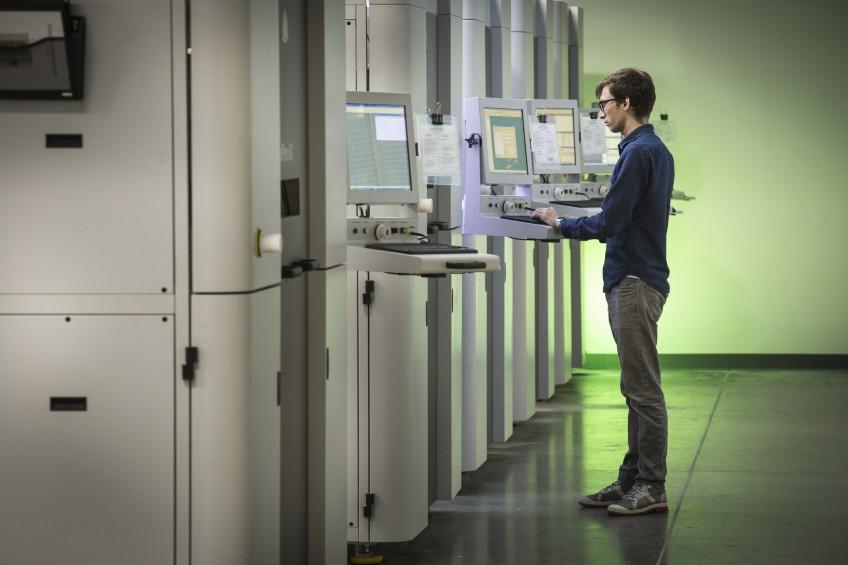
Choosing the right 3D printer depends on your needs and the type of prints you want to create. Consider factors like print size, material compatibility, print resolution, and ease of use. For larger projects, a printer with a bigger build volume is important.
If you plan to print with different materials, make sure the printer supports those. Also, think about your budget, the level of support you need, and whether you need additional features like wireless printing or automatic bed leveling.
Tips for Successful Longer 3D Printing Sessions – Bring Ideas Alive!
- Choose the Right Layer Height: Select an appropriate layer height for balance between quality and print time.
- Enable Power Recovery Features: Use power-loss recovery or filament run-out detection features to safeguard against disruptions.
- Avoid Overloading the Printer: Don’t try to push your printer beyond its rated capacity, as this can lead to breakdowns or poor print results.
- Use a Stable Surface: Place the printer on a sturdy, flat surface to avoid vibrations that could impact print quality.
- Keep an Eye on Cooling Fans: Check that the cooling fans are working properly to prevent overheating during extended prints.
- Prepare for Support Removal: Plan ahead for models requiring supports, and ensure you have tools ready to cleanly remove them after printing.
Read Also: 3d Printer Rough Surface – Smooth Finish 2024!
Frequently Asked Questions
1. What is the life expectancy of a 3D printer?
The life expectancy of a 3D printer depends on its quality, usage, and maintenance. On average, a well-maintained printer can last anywhere from 3 to 5 years. Regular cleaning, part replacement, and proper care can extend its lifespan.
2. Are there limits to 3D printing?
Yes, there are limits to 3D printing. These include the size of objects, material options, and print speed. Additionally, very intricate designs may require special settings or equipment to print accurately.
3. How long can a 3D printer safely print without stopping?
A 3D printer can safely run for several hours, but it depends on the printer model and how well it’s maintained. Most printers are designed for long prints, but it’s important to monitor them. Running overnight is possible with proper precautions.
4. Can a 3D printer print continuously for days?
Yes, While 3D printers can print for long periods, printing for days straight can strain the machine. Regular checks are recommended to ensure the printer doesn’t overheat or experience other issues, such as filament jams or power loss.
5. How often should I check a 3D printer during a long print?
You should check your 3D printer at least every few hours during a long print. This helps spot issues like print failures, bed adhesion problems, or overheating. Regular monitoring reduces the risk of damage or wasted materials.
6. What happens if a 3D printer runs too long?
If a 3D printer runs too long without proper maintenance, it may overheat, causing print failures or potential hardware damage. Extended printing can also cause wear and tear on the printer’s components, which may shorten its lifespan.
7. Can I leave my 3D printer running for a whole weekend?
Yes, Leaving a 3D printer running for an entire weekend is possible, but not recommended without monitoring. Continuous printing over such a long period may cause overheating or require replacing parts sooner. Always ensure the printer is in good condition and check it frequently.
8. Are there any risks when printing for a long time?
Yes, The main risks of printing for extended periods are overheating, filament jams, and electrical malfunctions. It’s important to monitor the printer regularly and take steps like setting up a fire suppression system and using high-quality filament.
9. Can I leave a 3D printer printing while I’m away?
It’s not recommended to leave your 3D printer printing unattended for long periods. If you need to leave, consider using print recovery features or monitoring tools. Always ensure your printer is in a safe, clear space to minimize risks.
10. How can I make sure my 3D printer is safe for long printing sessions?
To ensure safety, regularly maintain your 3D printer, calibrate it before long prints, and use safety features like automatic shutdown or print recovery. It’s also wise to have a smoke detector or fire extinguisher nearby while printing.
Conclusion
The duration a 3D printer can safely operate depends on its quality, maintenance, and environmental factors. Many modern 3D printers can handle prints lasting 24-48 hours or longer if properly cooled and monitored. Regular maintenance, like checking belts, lubricating parts, and ensuring no overheating, is essential for safe operation. Ultimately, adhering to manufacturer guidelines and maintaining supervision during extended prints ensures both safety and longevity of the machine.
Read More:
